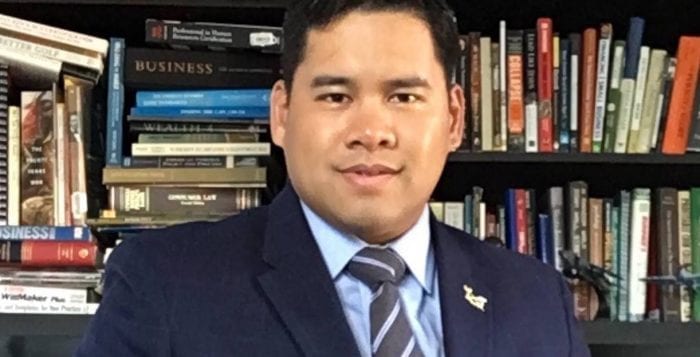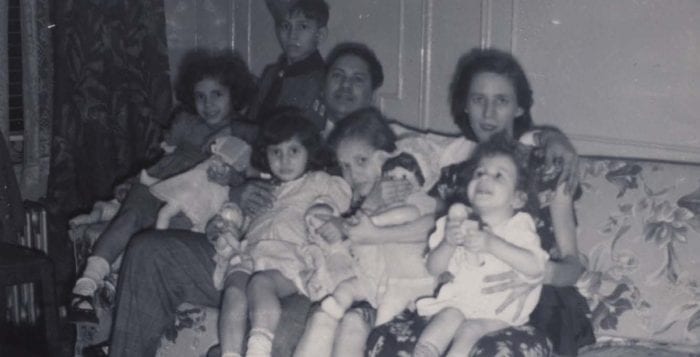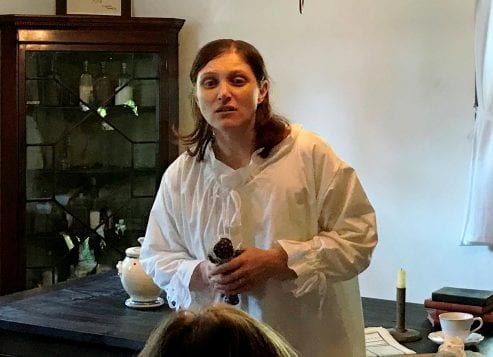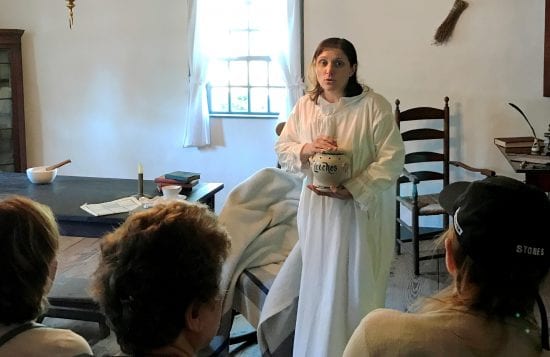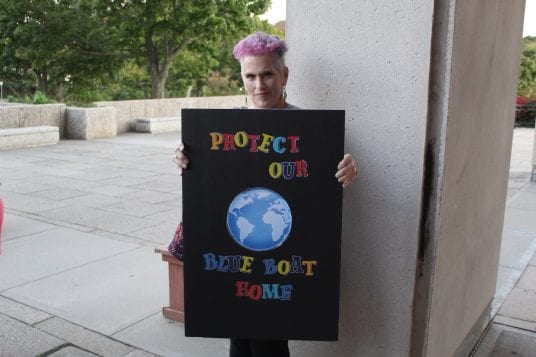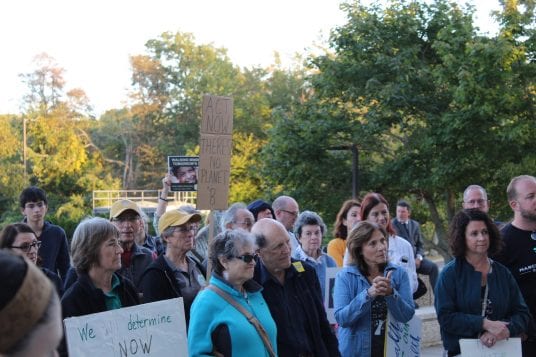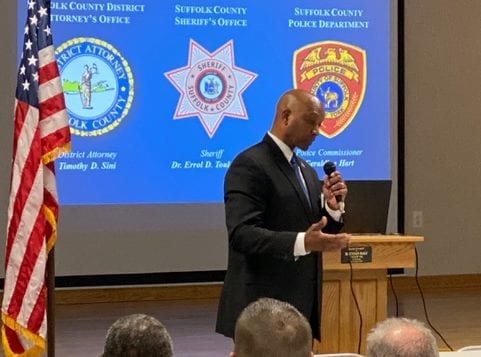“I want to be an advocate for the people,” said Dom Pascual, a Farmingville resident running for Town of Brookhaven receiver of taxes in the November elections. “I live in a blue-collar community that feels that they are not being represented.”
Pascual, who is running on the Democratic ticket, said an important issue for him is helping to keep young families on the Island.
“I want to keep them here, right now it’s not good — the cost of living is too high,” he said. “We need housing for working families — there’s no jobs on Long Island, taxes are too high.”
– Dom Pascual
Pascual is vying to secure a four-year term in the upcoming election against longtime town receiver of taxes, Louis Marcoccia (R). This will not be Pascual’s first time running for elected office. In 2017, he ran for the 4th district Suffolk County Legislature seat but ultimately lost to incumbent Tom Muratore (R-Ronkonkoma).
“I’m fighting for change, we have had a receiver that has been around for a long time and hasn’t had an opponent in 12 years,” Pascual said.
If elected, the challenger said he would make his office more accessible and have more available hours to accommodate residents. He said he also wants to look into more tax relief programs for senior citizens, veterans and emergency response workers as well as getting more homeowners into the STAR program.
He also wants to make it possible for residents to see multiple years of tax bills when filing their taxes, host workshops aimed at explaining to residents where their taxes are going and helping them through the filing process.
“It’s about educating people on the resources that are available for them and letting them know we can do these things,” the Farmingville resident said.
Pascual, who was raised in Dix Hills, currently works as a bank compliance and financial crimes attorney. He graduated from Binghamton University and received his law degree from Vermont Law School. Previously, he has worked for JPMorgan Chase and for five years he worked as a New York City administrative law judge hearing Section 8 rent and fraud cases. Pascual is also a commissioned officer in the New York Army National Guard.
The challenger said his previous lines of work would help him in the new position, as he had experience reviewing budgets and has reviewed billions of dollars of transactions looking for indicators of corruption, criminal activity or other violations.
Other areas Pascual would like to address are developments approved in the town. In terms of planning and land use he would like the town and the Brookhaven Industrial Development Agency to scale back on giving tax breaks to developers.
“These tax breaks are not affordable,” he said. “Taxes and student loans are crippling young people [in the Town of Brookhaven].”
Pascual said the position, while tasked with the town’s budget and taxes, is connected to other facets of the government. He wants to be an honest broker for residents.
“I want to make sure we can help get more roads paved,” he said. “The town is already in debt. How are we going to pay those off? What’s going to happen when the landfill closes?”
Pascual reiterated that he believes it is time for change in Brookhaven.
“The establishment has been in the town for a long time — it’s time for new blood,” he said.

